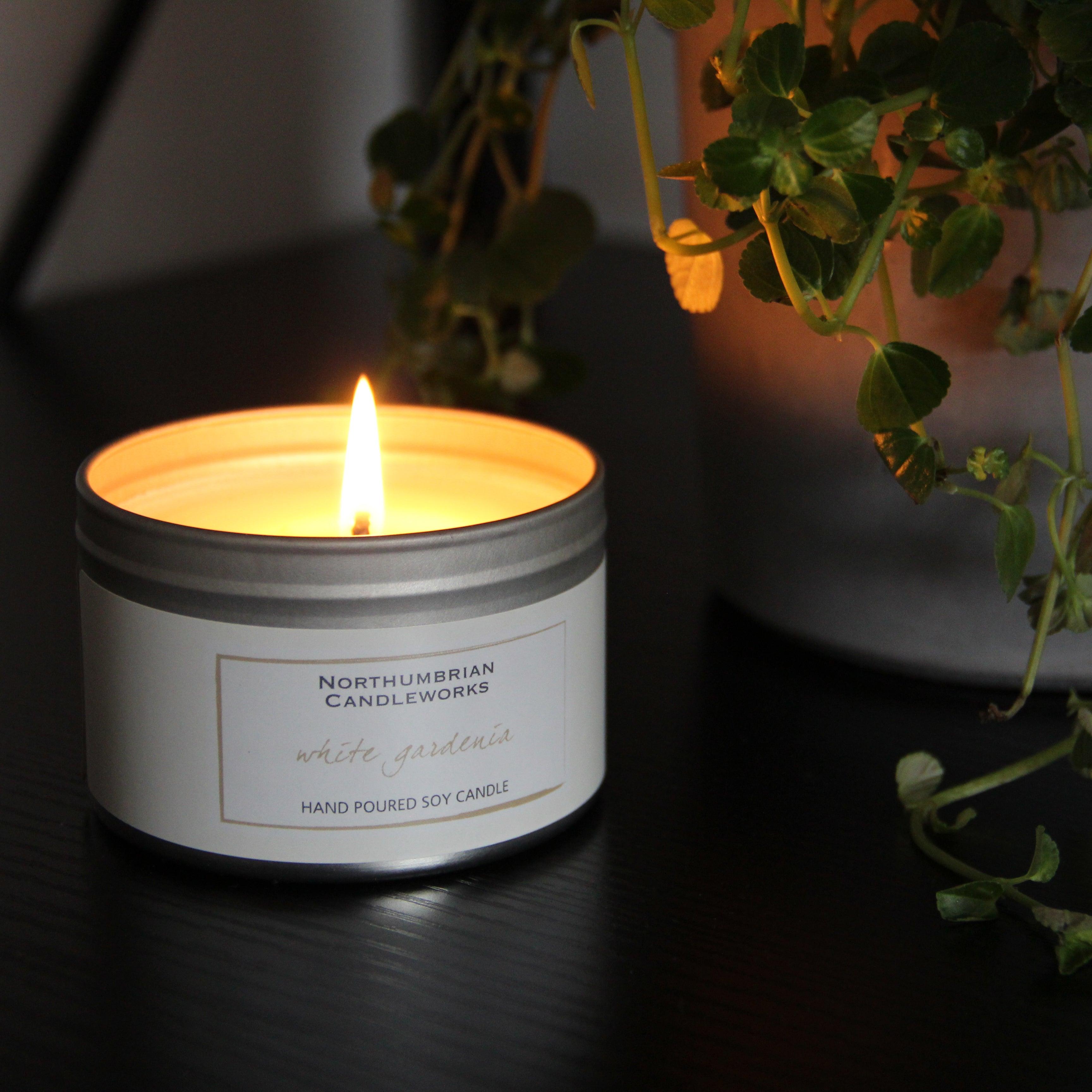Encounter the Tranquility of Crystal Soy Candles and Home Fragrance
Encounter the Tranquility of Crystal Soy Candles and Home Fragrance
Blog Article
From Wick to Wax: Understanding the Chemistry Behind Soy Wax Candles and Their Environmental Effect
As we brighten our rooms with the cozy glow of candle lights, there exists a realm of elaborate chemistry behind the relatively basic act of lighting a soy wax candle. The option between soy and paraffin wax extends beyond plain aesthetic appeals, delving right into the realm of environmental influence and the really structure of the products. Comprehending the molecular structure of soy wax and its burning procedure drops light on the emissions launched into our surroundings. Join us as we unravel the clinical intricacies behind soy wax candle lights and explore their implications on our atmosphere.
Soy Wax Vs. Paraffin Wax
When contrasting soy wax and paraffin wax for candle light production, it is necessary to understand the distinctive qualities and benefits of each material. Soy wax is an all-natural, renewable energy originated from soybean oil, making it biodegradable and green - soy candles. On the other hand, paraffin wax is a by-product of petroleum refining, which increases worries concerning its ecological influence and sustainability
Soy wax candle lights shed cleaner and emit less residue compared to paraffin wax candle lights, making them a healthier option for indoor air quality. Furthermore, soy wax has a reduced melting point, permitting a longer-lasting candle that distributes fragrance better. Paraffin wax, on the other hand, tends to burn faster and less cleanly, potentially launching hazardous chemicals into the air.
From a sustainability point of view, soy wax is preferred for its biodegradability and sustainable sourcing, aligning with the expanding customer preference for ecologically mindful items. While paraffin wax has actually been a standard option in candle making because of its affordability and ease of usage, the change in the direction of eco-friendly alternatives like soy wax is gaining momentum in the sector.
Chemical Make-up of Soy Wax

Combustion Process in Soy Candles
The chemical composition of soy wax directly influences the burning procedure in soy candles, impacting variables such as burn time, scent release, and ecological influence. When a soy candle light is lit, the warm from the flame melts the wax near the wick. This fluid wax is after that drawn up the wick because of capillary action. As the fluid wax gets to the flame, it undergoes and evaporates combustion. The combustion process includes the vaporized hydrocarbons in the wax reacting with oxygen airborne to generate warm, light, water vapor, and carbon dioxide.
The burning effectiveness of soy candle lights is influenced by the purity of the soy wax and the top quality of the wick. A clean-burning soy candle light with an effectively sized wick will certainly produce a stable fire and lessen residue formation. This not just prolongs the burn time of the candle light but additionally enhances the launch of fragrances. Additionally, soy wax candle lights have a reduced environmental effect contrasted to paraffin candle lights as a result of their sustainable and naturally degradable nature.

Environmental Advantages of Soy Wax

Considered a sustainable choice to typical paraffin wax, soy wax offers noteworthy ecological advantages that make it a prominent option amongst eco-conscious consumers. One considerable benefit of soy wax is its sustainable sourcing. Soy wax is stemmed from candles soybean oil, which is primarily cultivated in the United States. The growing of soybeans assists support regional farmers and minimizes the dependence on non-renewable nonrenewable fuel sources made use of in paraffin wax production. Furthermore, soy wax is eco-friendly, implying it breaks down normally without launching unsafe toxins right into the setting. This particular makes soy wax candles a much more eco-friendly alternative contrasted to paraffin wax candles, which are made from petroleum, a non-renewable source. Additionally, soy wax burns cleaner and creates less residue than paraffin wax, contributing to better interior air quality and reducing the requirement for cleaning and maintenance. Overall, the ecological advantages of soy wax straighten with the expanding need for environment-friendly and sustainable products out there.
Recycling and Disposal Factors To Consider
Recycling and appropriate disposal of soy wax check my site candles play a crucial role in keeping ecological sustainability and reducing waste in areas and homes. The very first action is to guarantee that the candle light has actually burned entirely when it comes to recycling soy wax candles. This can be attained by allowing the candle light to melt till the wick is no much longer functional, and then letting the continuing to be wax cool and solidify. As soon as the wax has actually strengthened, it can be carefully gotten rid of from the container.

In regards to disposal, if recycling is not an alternative, soy wax candle lights are biodegradable and can be safely taken care of in many family waste systems. It is constantly advised to inspect with regional recycling facilities or waste management solutions for particular standards on candle light disposal to make sure correct handling and environmental security.
Conclusion
In conclusion, the chemistry behind soy wax candles exposes their ecological benefits over paraffin wax candles. Soy wax, stemmed from soybean oil, burns cleaner and generates less residue when compared to paraffin wax. The combustion procedure in soy candle lights is a lot more effective, causing a longer and much more even shed. Additionally, soy wax is biodegradable and eco-friendly, making it an extra sustainable selection for candle manufacturing. Recycling and correct disposal of soy wax candles additionally add to their ecological influence.
When comparing soy wax and paraffin wax for candle light production, it is vital to understand the unique characteristics and advantages of each product (home fragrance).Soy wax candle lights shed cleaner and produce much less residue compared to paraffin wax candle lights, making them a healthier choice for indoor air top quality.Thought about a lasting alternative to conventional paraffin wax, soy wax supplies notable environmental advantages that make it a prominent option amongst eco-conscious customers. Soy wax burns cleaner and generates less soot than paraffin wax, adding to far better interior air top quality and lowering the demand for cleaning and upkeep.In conclusion, the chemistry behind soy wax candle lights reveals their ecological advantages over paraffin wax candles
Report this page